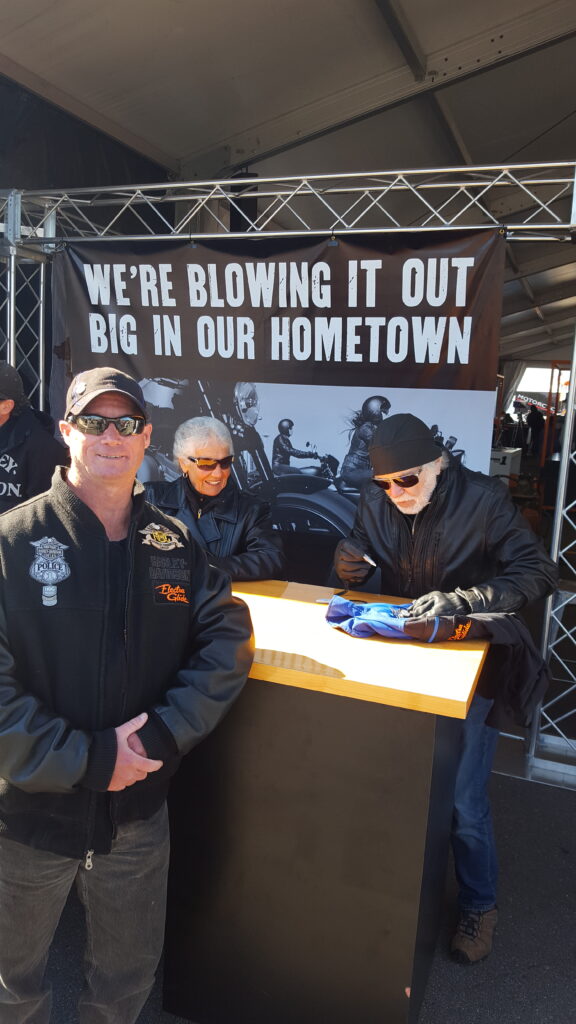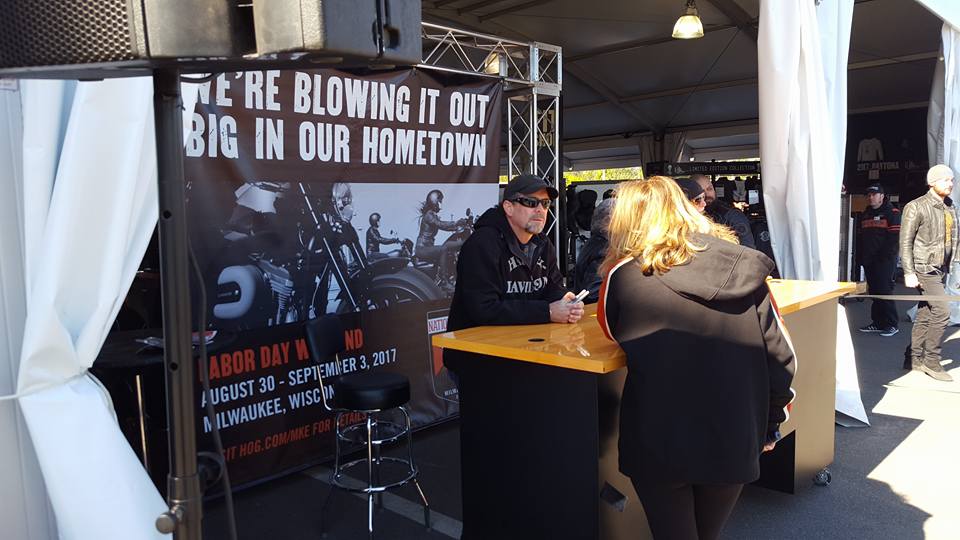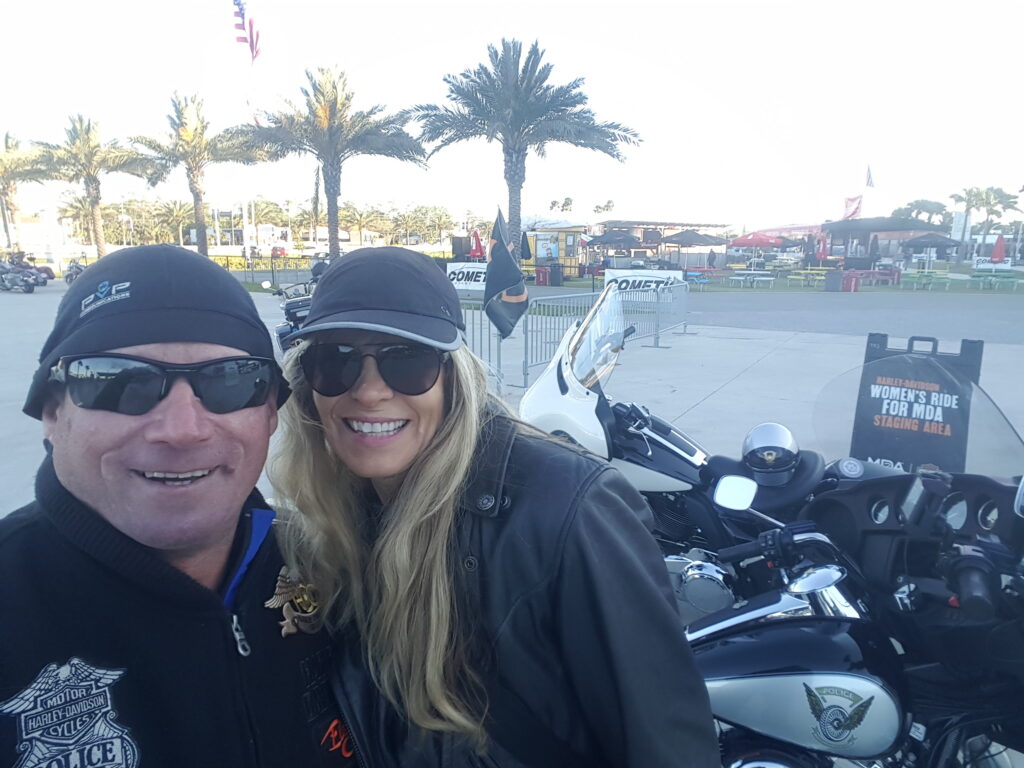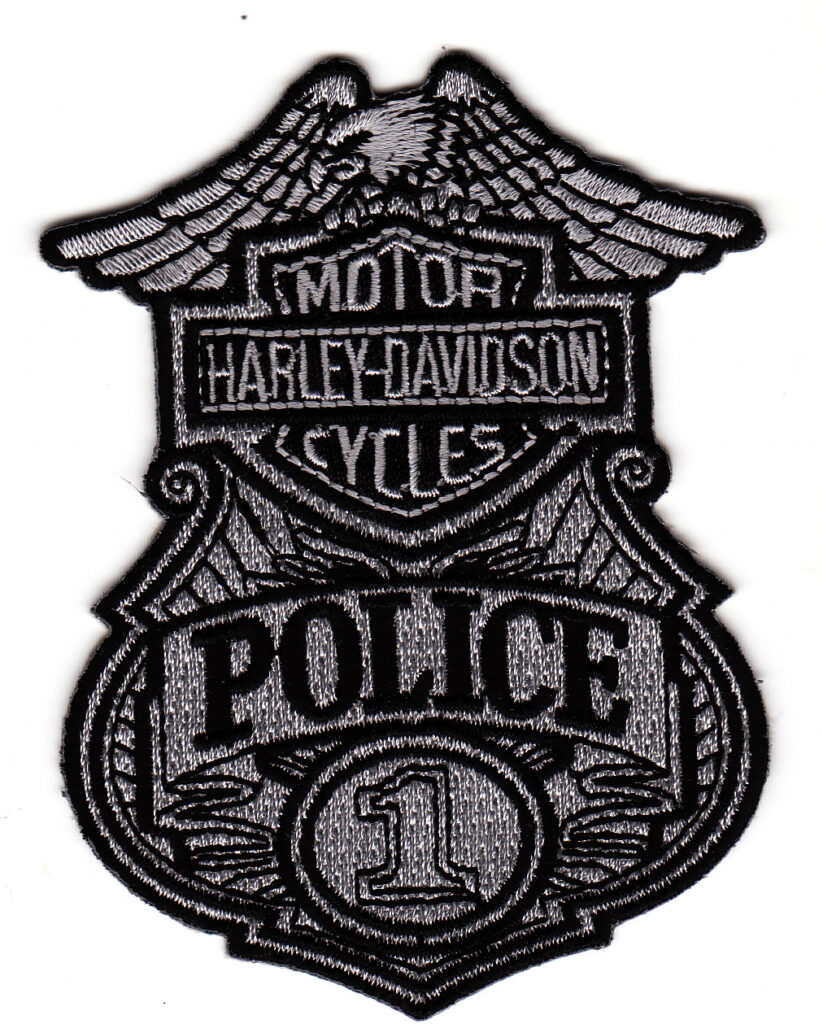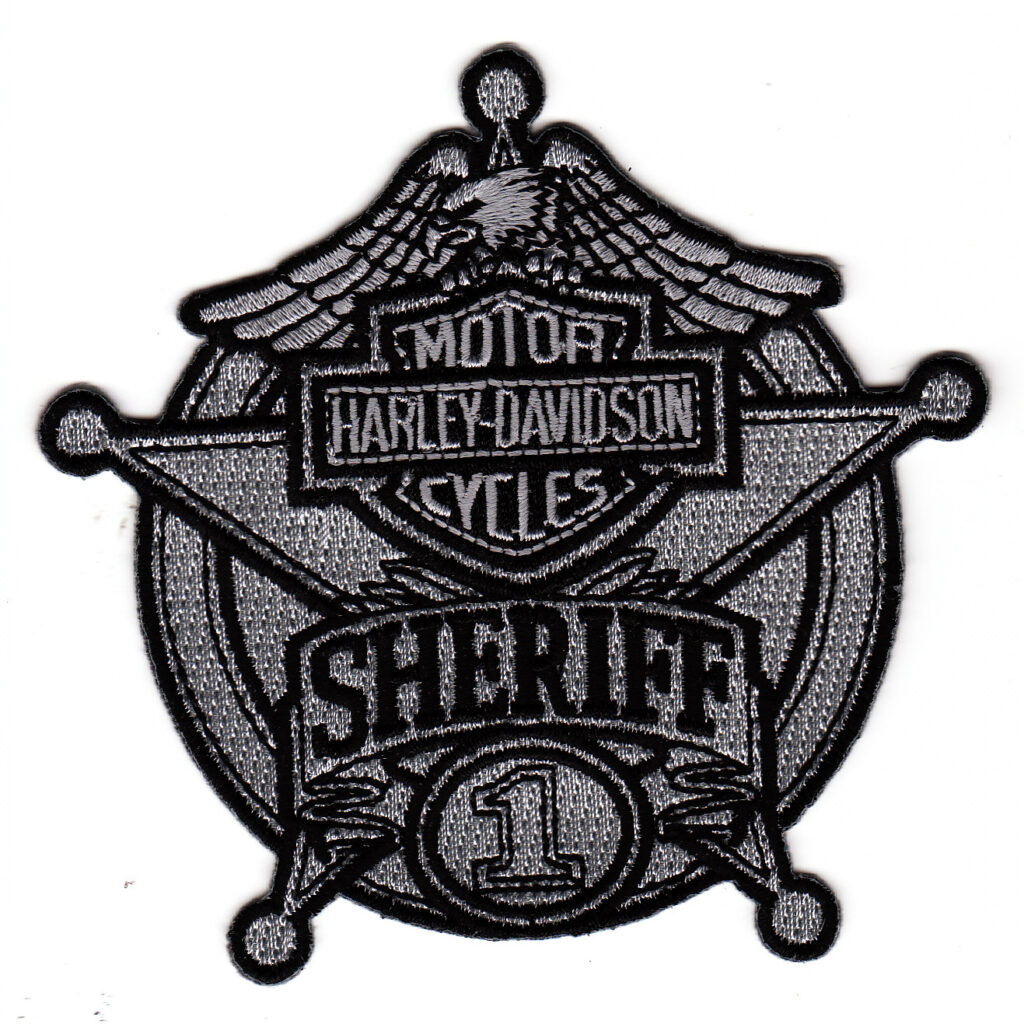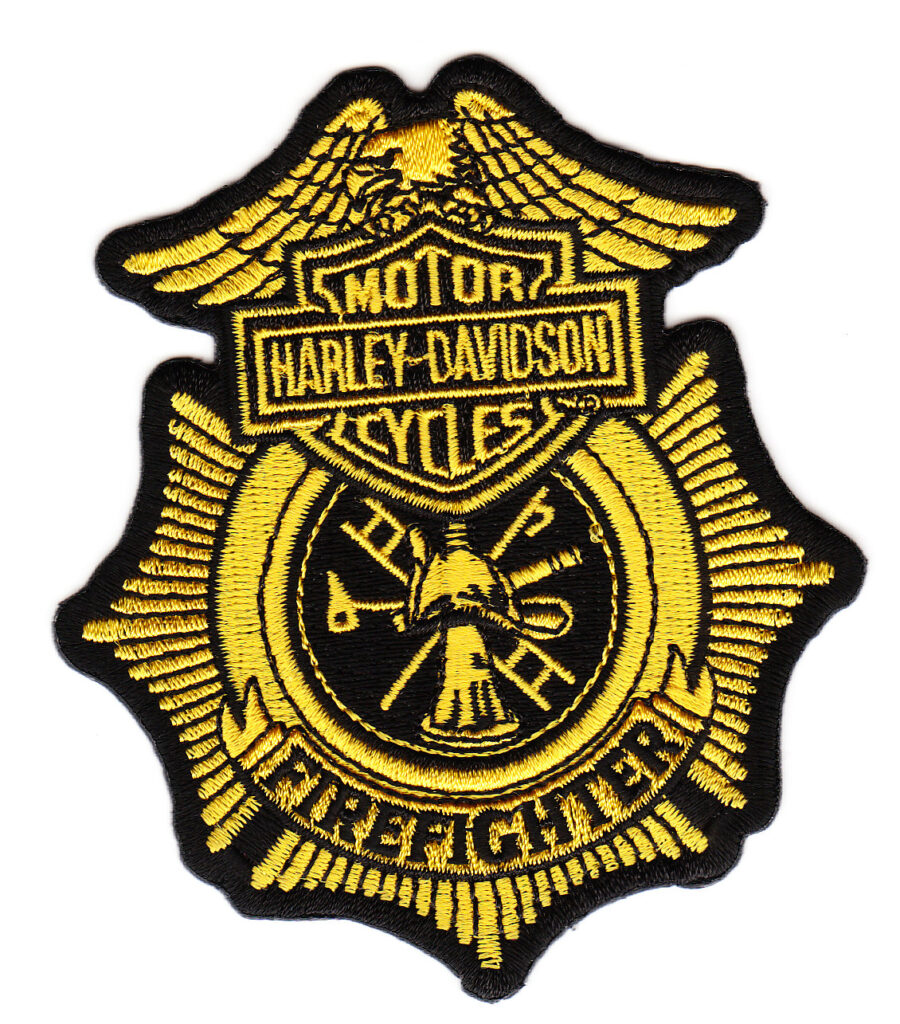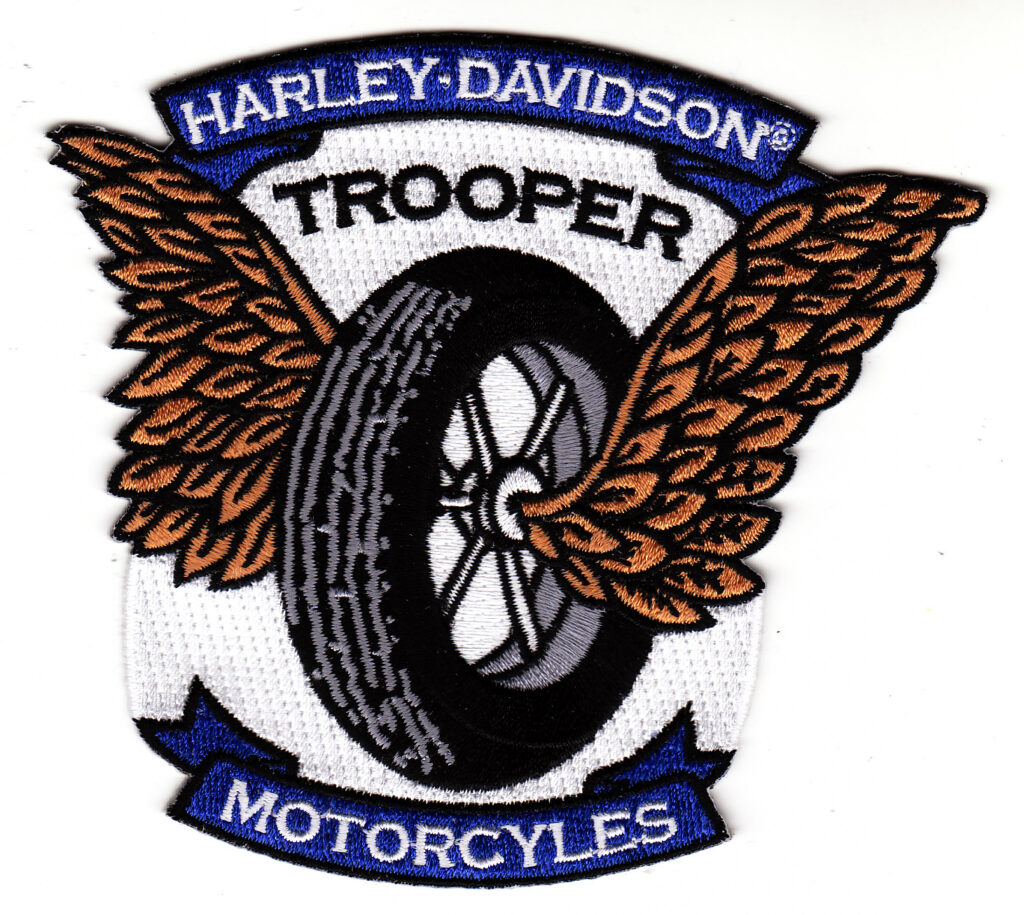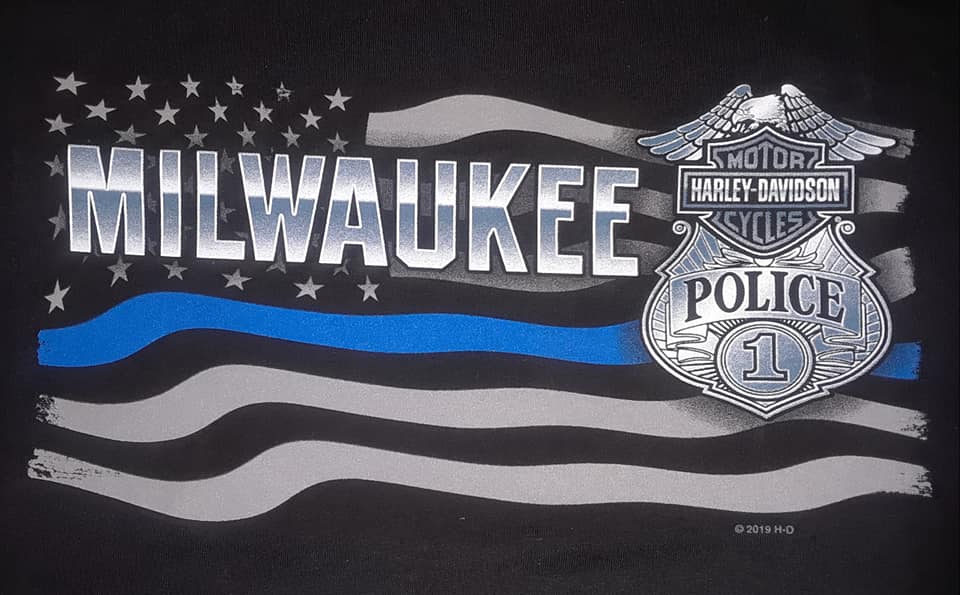
100 YEARS of HD Police Motors
(1908 – 2008)
POLICE MOTORCYCLES AND HARLEY-DAVIDSON
A SHORT HISTORY
The history of Harley-Davidson Police and Fleet sales is long and rich – and almost as old as the Motor Company itself. Before there was even a commercially produced Harley-Davidson V-Twin, policemen were patrolling on Harley-Davidson motorcycles. Through the economic ups and downs the Motor Company’s history, the police fleet business has helped keep the Harley-Davidson brand alive.
The Beginning
The first Harley-Davidson police motorcycle was delivered to the Detroit Police Department in 1908. Right from the start, police departments recognized the tactical advantage provided by a maneuverable vehicle such as a motorcycle along with Harley-Davidson’s reputation for reliability.
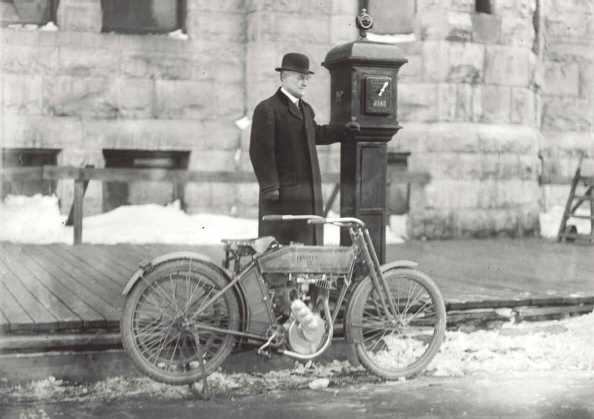
Through the Teens
Harley-Davidson motorcycles accompanied General John J. “Black Jack” Pershing in pursuit of Poncho Villa after he attacked Columbus, NM in 1916. Harley-Davidson motorcycles proved their value as military hardware after the Mexican foray; the U.S. was drawn into World War I – as were approximately 20,000 Harley-Davidson motorcycles. Motorcycles were a great aid in dispatching messages before the advent of reliable radio communications. Most of these motorcycles had sidecars which could be fitted with machine-gun mounts if needed.
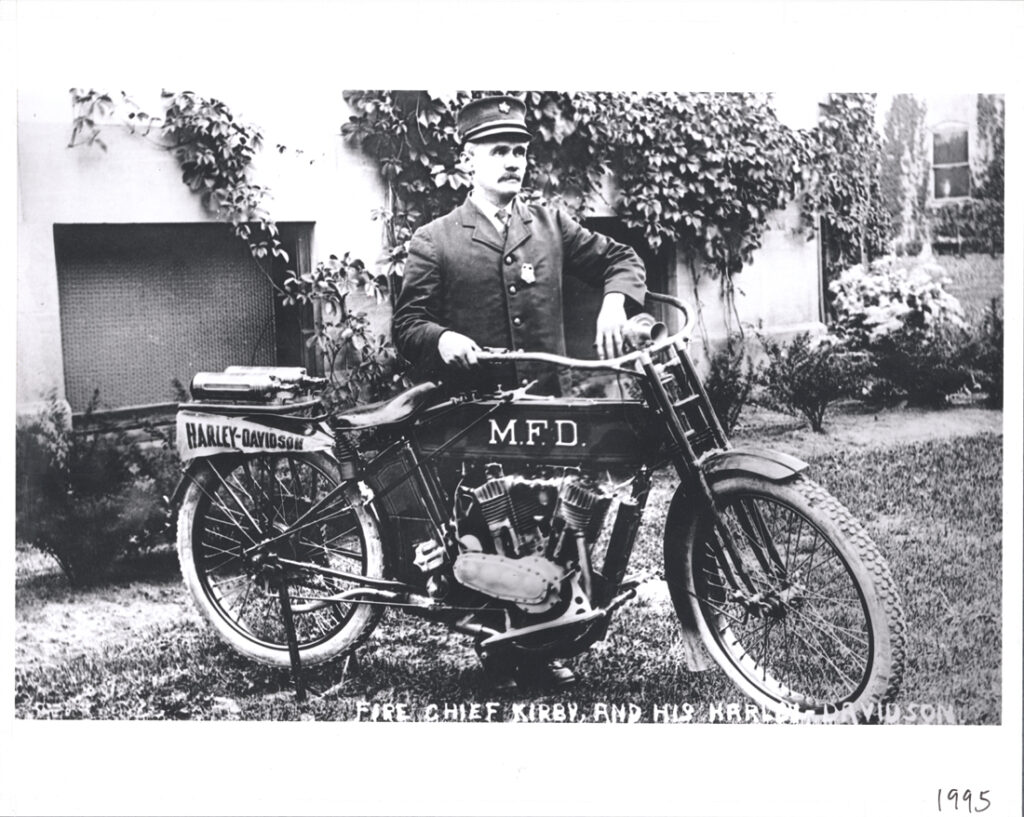
The Roaring ’20s
Back on the home front in the 1920s, state police forces were being formed in several states to protect rural areas from lawlessness and to enforce Prohibition. The motorized vehicle of choice on rutted rural roads was the motorcycle. In 1921, six troopers kick-started their Harley-Davidson motorcycles and the Washington state troopers were in business. In those days, considering the territory officers had to cover, a motorcycle needed to be reliable. In Louisiana, for example, a force of just 16 men on motorcycles patrolled the entire state.
By 1920, Harley-Davidson was the largest motorcycle manufacturer in the world. As mass production increased the numbers of cars and motorcycles on the road, and most speed limits were not enforced, highway fatalities skyrocketed. In 1926 a special office for fleet sales to law enforcement was established. Harley-Davidson published the goal of helping law enforcement “curb this tragic traffic slaughter.” Being faster and more maneuverable then most cars on the road, Harley-Davidson motorcycles gave police the upper hand against speeders. By the end of the 1920s, more then 3,000 police departments and government agencies used Harley-Davidson motorcycles.
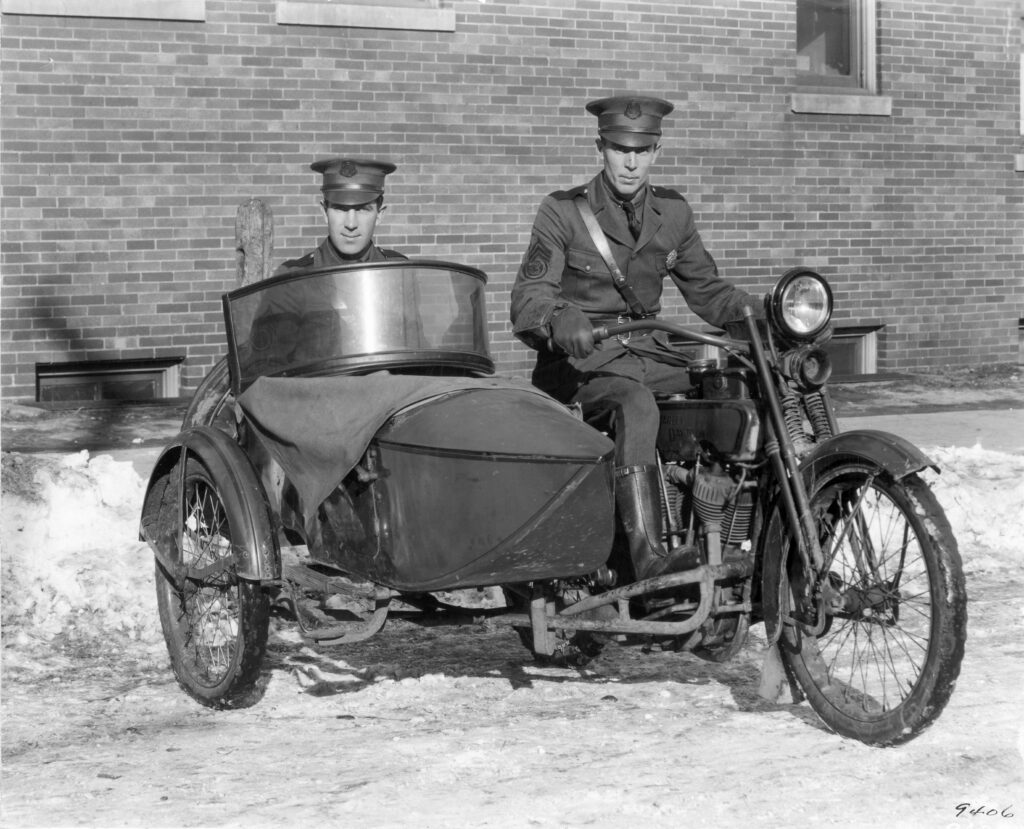
The Great Depression
As with most manufacturers, the Great Depression hit Harley-Davidson sales hard. Starting with the stock market crash of 1929, sales fell each year until 1933. But even in that year, Harley-Davidson aggressively marketed its product as “The Police Motorcycle” and supported national campaigns for traffic safety. The three-wheel Servi-Car, introduced in 1931, became very popular with police departments for traffic and parking enforcement and continued to serve as a Harley-Davidson standard for 41 years.
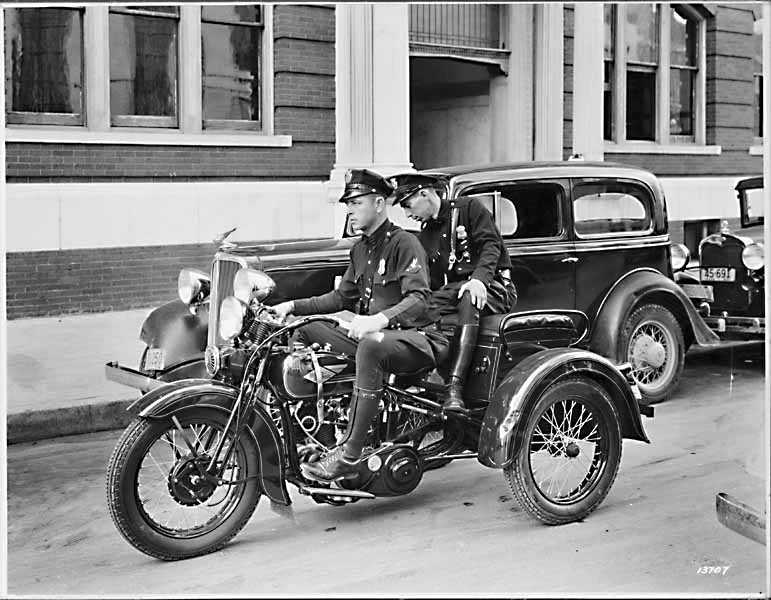
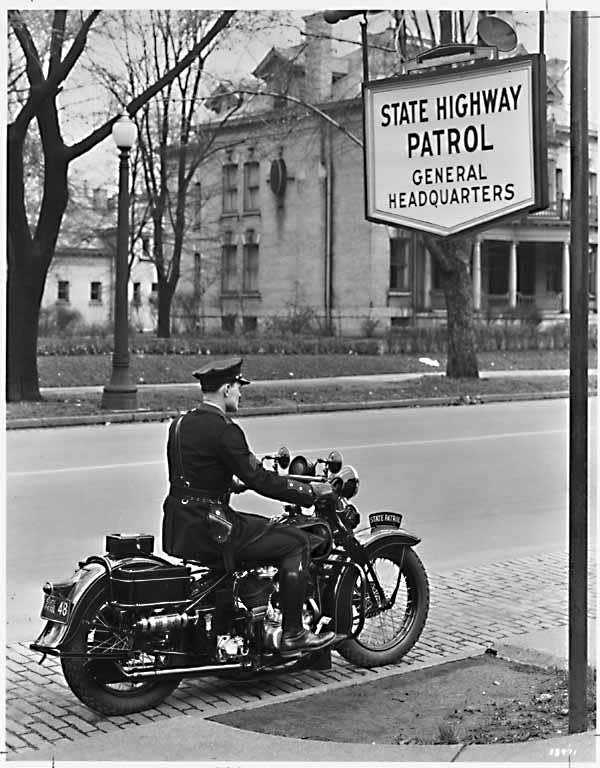
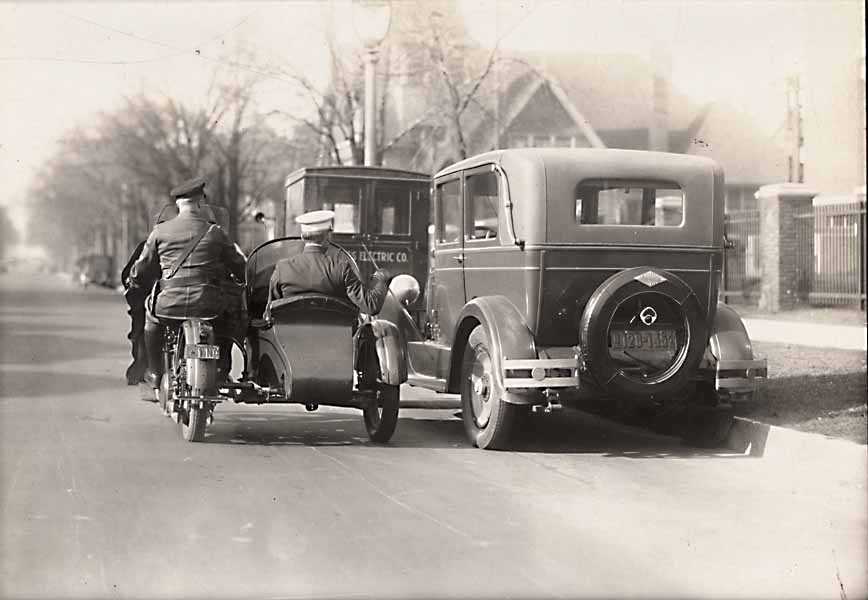
World War II
During WWII, Harley-Davidson produced 88,000 motorcycles for the war effort, including the horizontally opposed, two-cylinder, shaft-drive XA 750 model. (They were never sold to the public and only 1,000 were made.) For its patriotic efforts, the Motor Company was awarded four prestigious Army-Navy “E” awards.
In the 1950s, teenagers took to street racing in hopped-up jalopies. To slow this trend, the Pittsburgh Police Department formed its Harley-Davidson motorcycle officers into a Hot Rod Squad. The image of a motorcycle cop parked behind a billboard became an icon of Americana. And the idea that a police officer would sit on anything other than a Harley-Davidson wouldn’t be conceivable until 1970s.
An important relationship developed in the 1940s and continues to this day as Harley-Davidson and Northwestern University’s Center for Public Safety (formerly the Traffic Institute at Northwestern) have worked together for more then 60 years to provide officer training.
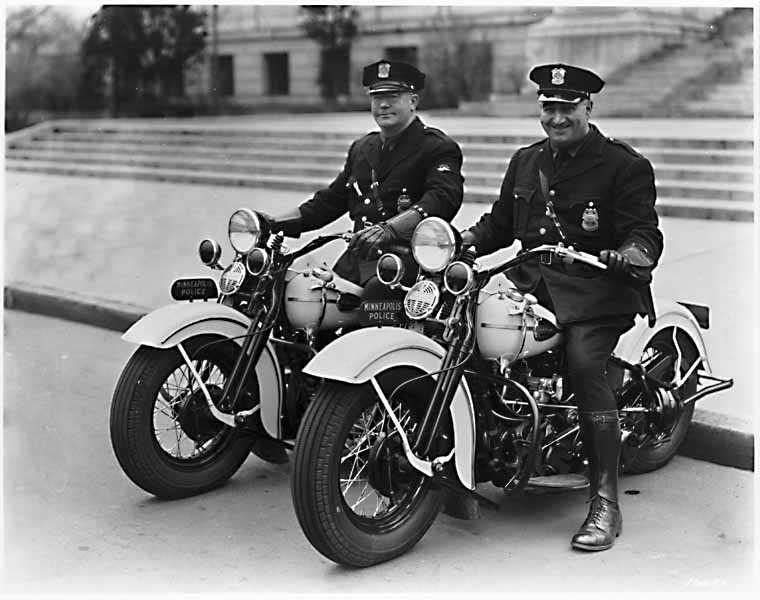
Recent History
In the last five years, Harley-Davidson police sales have more than doubled. Today, just as in the late 1920s, more than 3,400 police departments Harley-Davidson motorcycles in the U.S. alone. Harley-Davidson motorcycles are used in 45 countries. This dramatic increase from the Motor Company’s 80th Anniversary twenty years ago, when just over 400 state, provincial, county and municipal police departments were equipped with Harley-Davidson motorcycles.
After the tragic events of September 11, 2001, Harley-Davidson donated 37 motorcycles to the New York Police Department, the Port Authority of New York and New Jersey and the New York State Police.
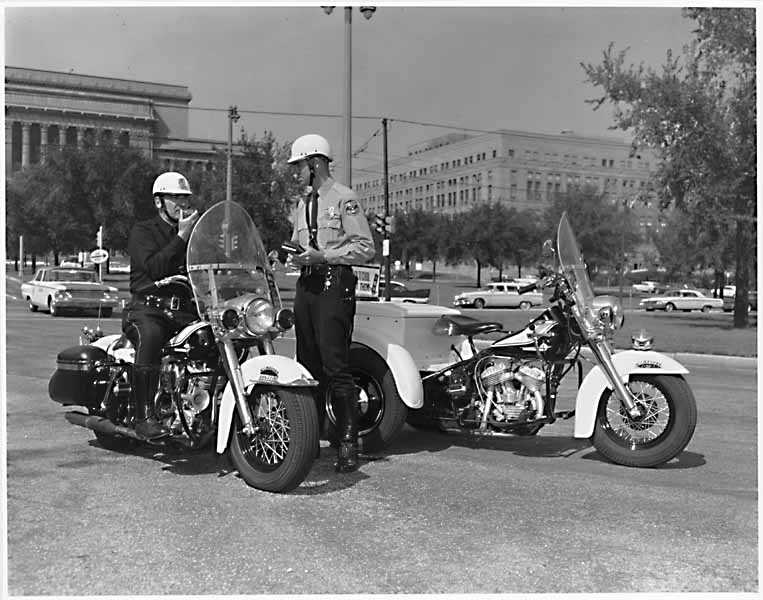
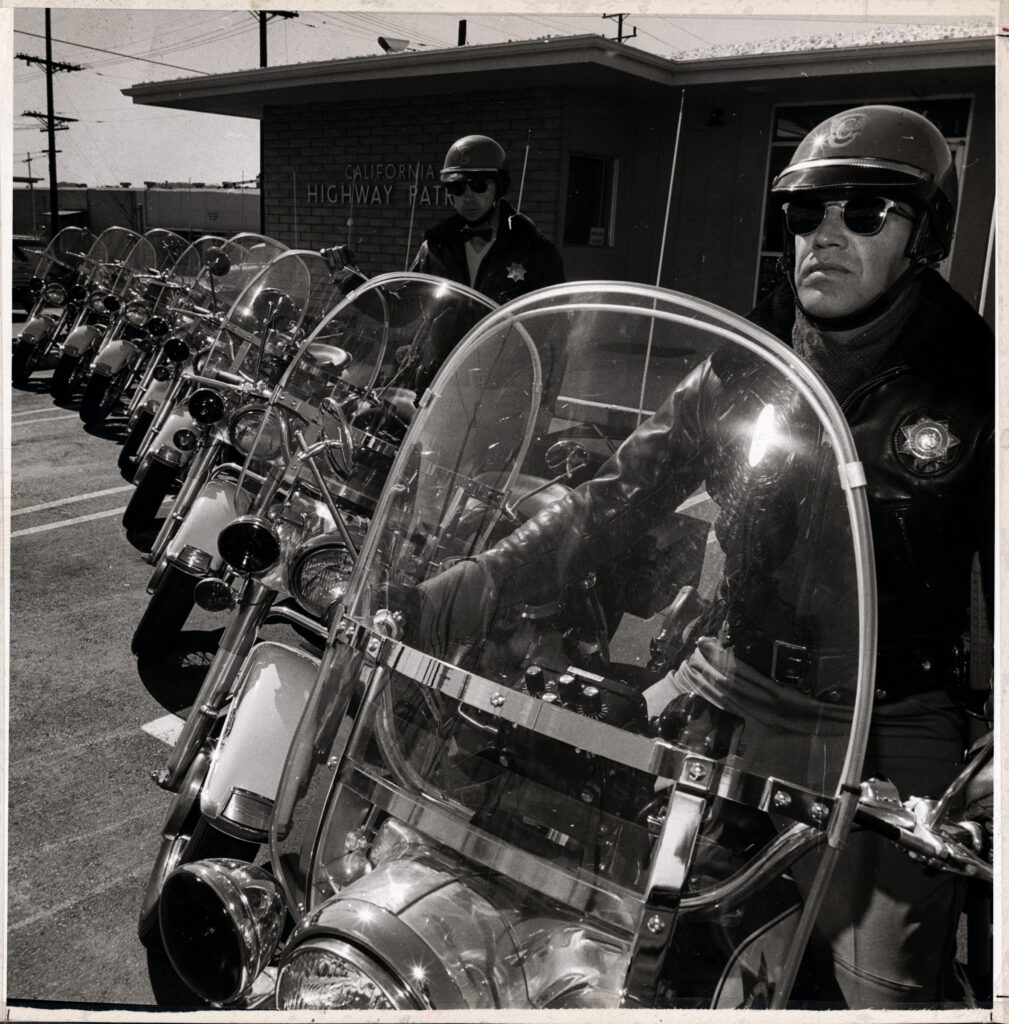
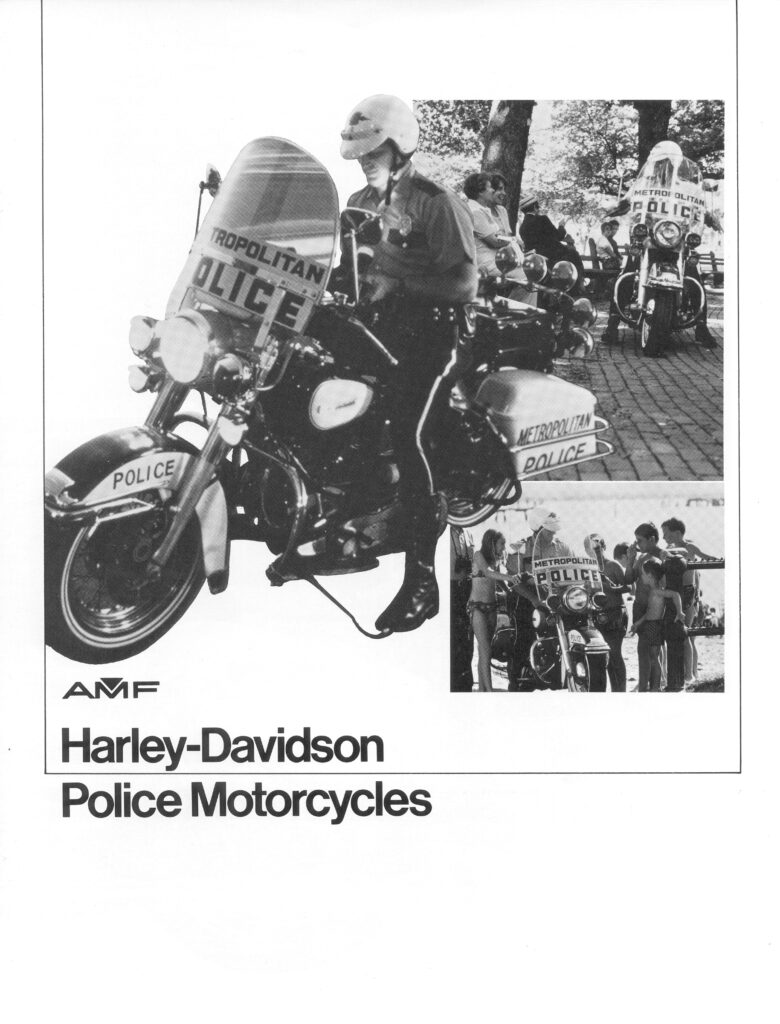
The Future
Throughout the years, police and military organizations have realized the advantages of using Harley-Davidson motorcycles. Today, benefits such as high resale value and the ability of the motorcycle to enhance public relations (critical to community policing efforts) continue to increase our police/fleet business. “There is something undeniably right about a cop on a Harley-Davidson.”
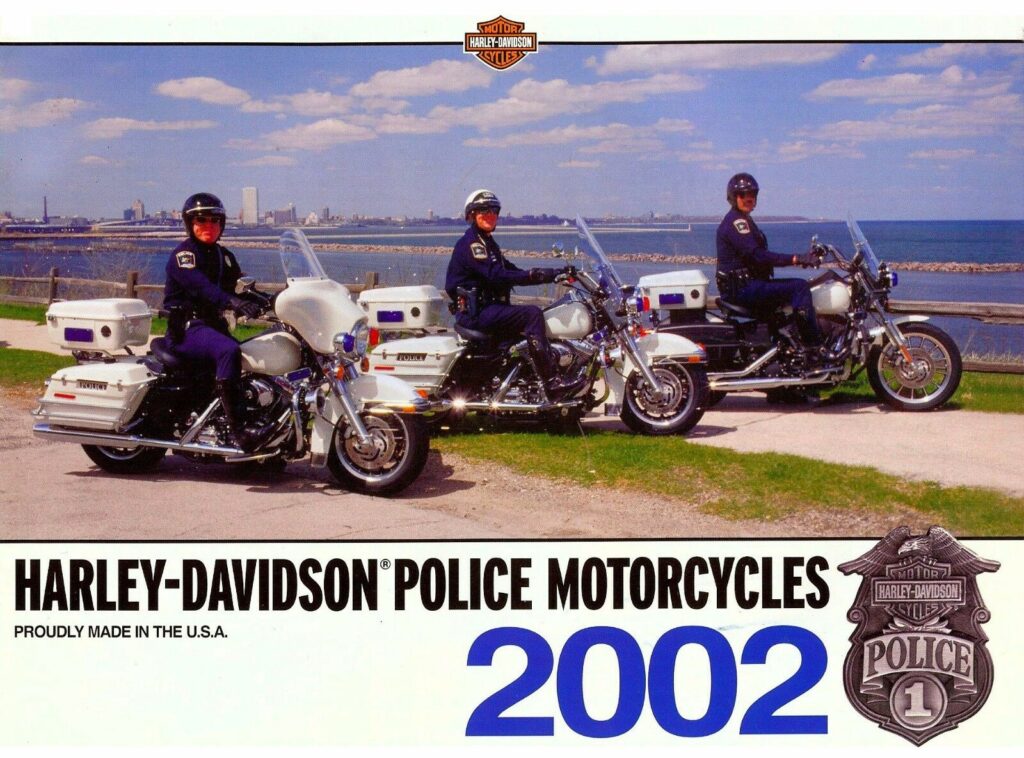
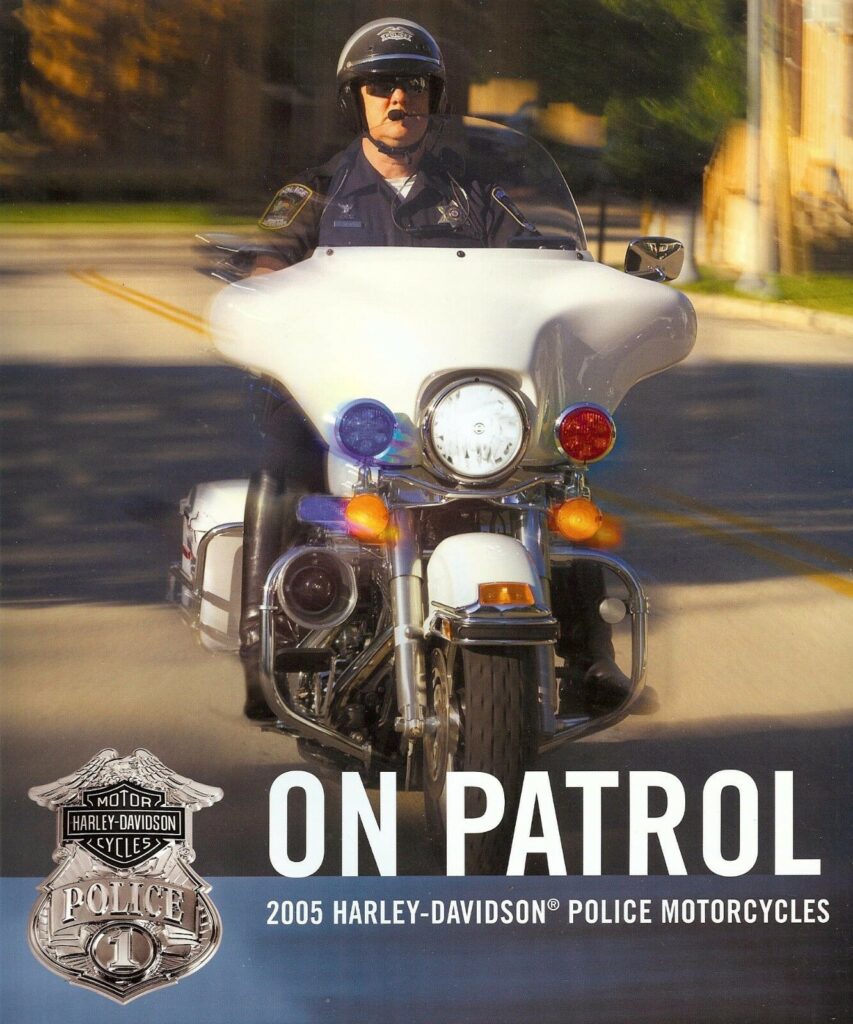
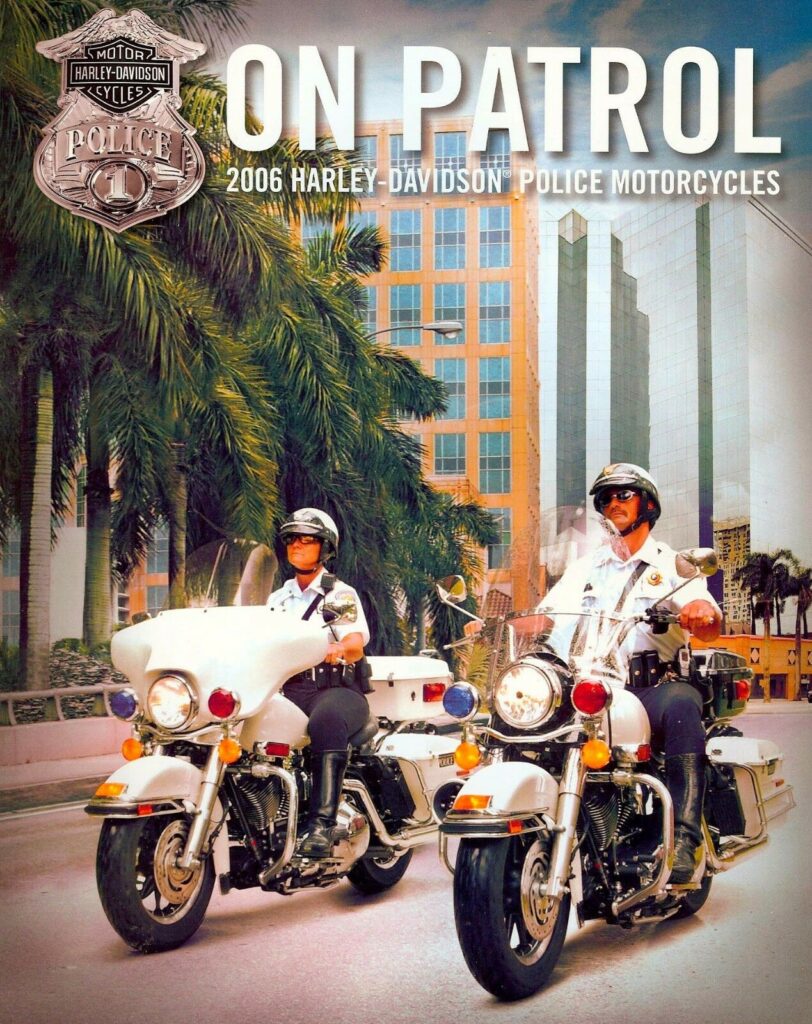
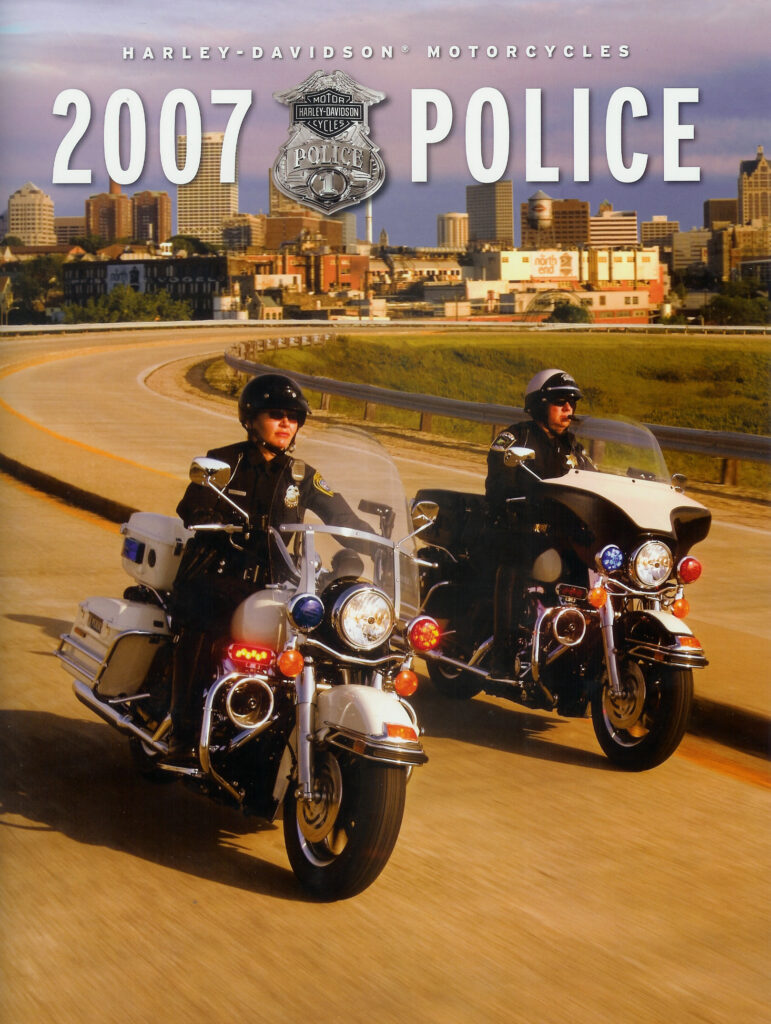
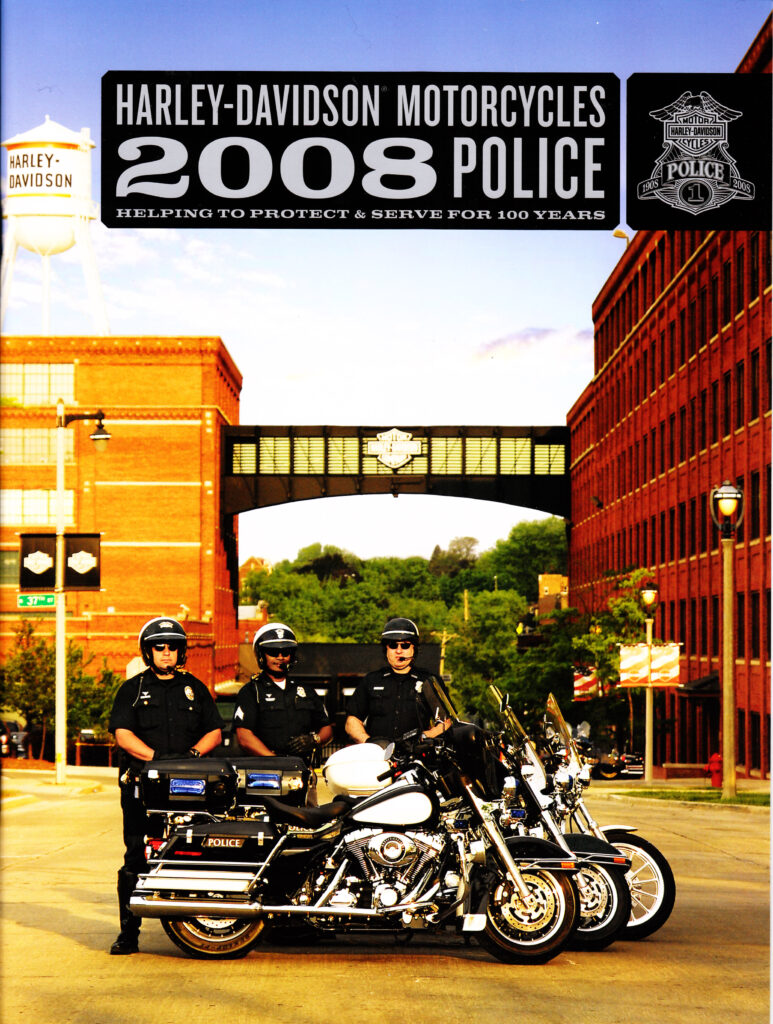
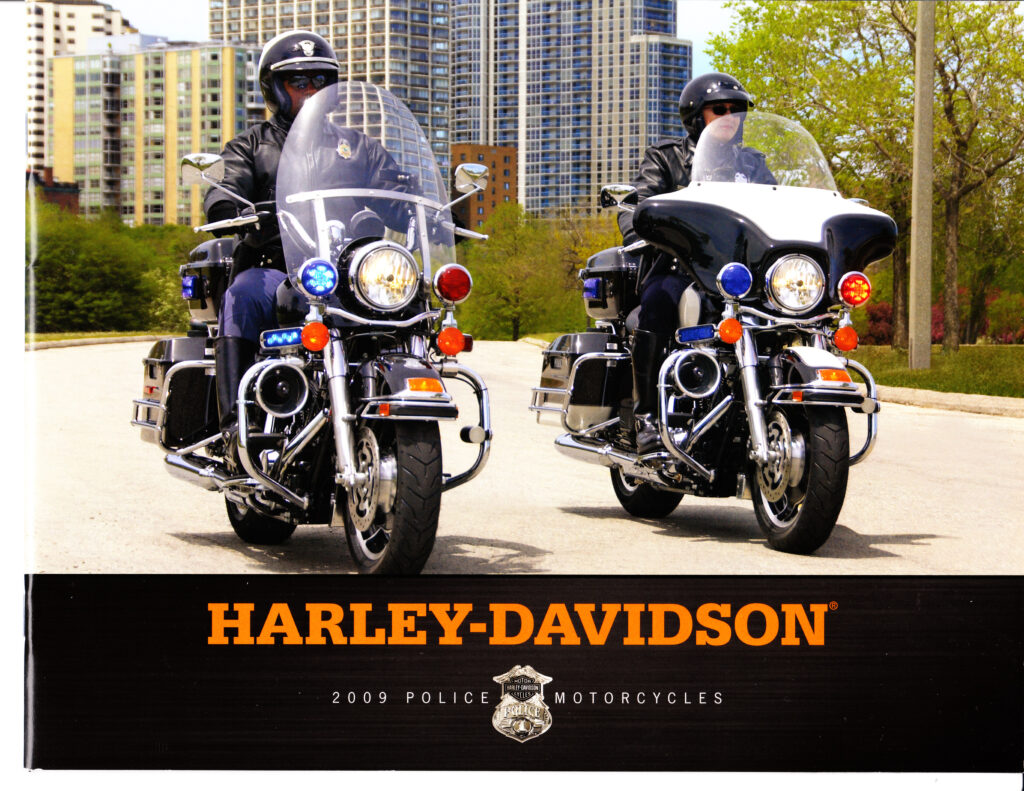
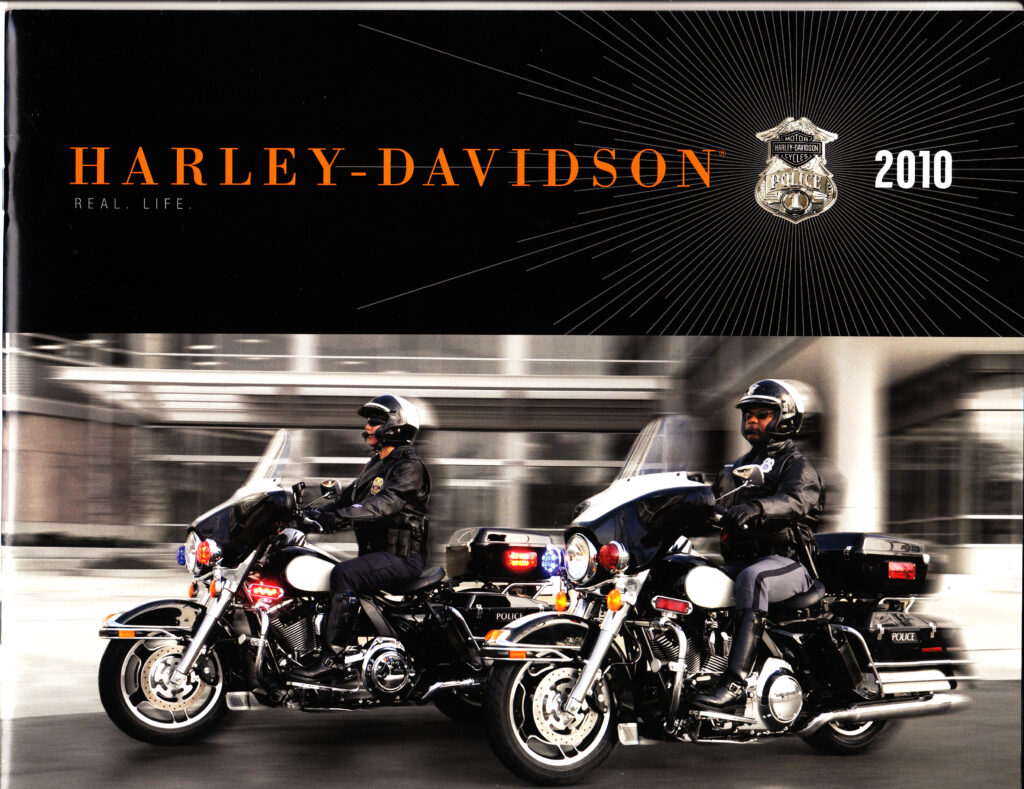
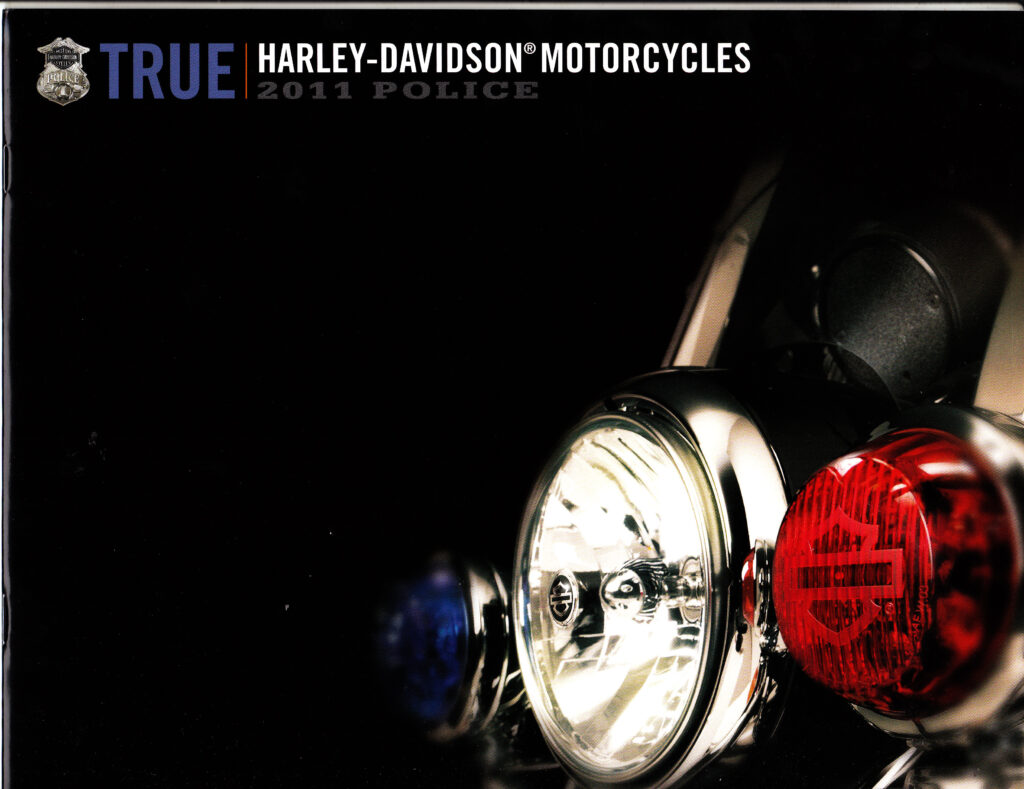
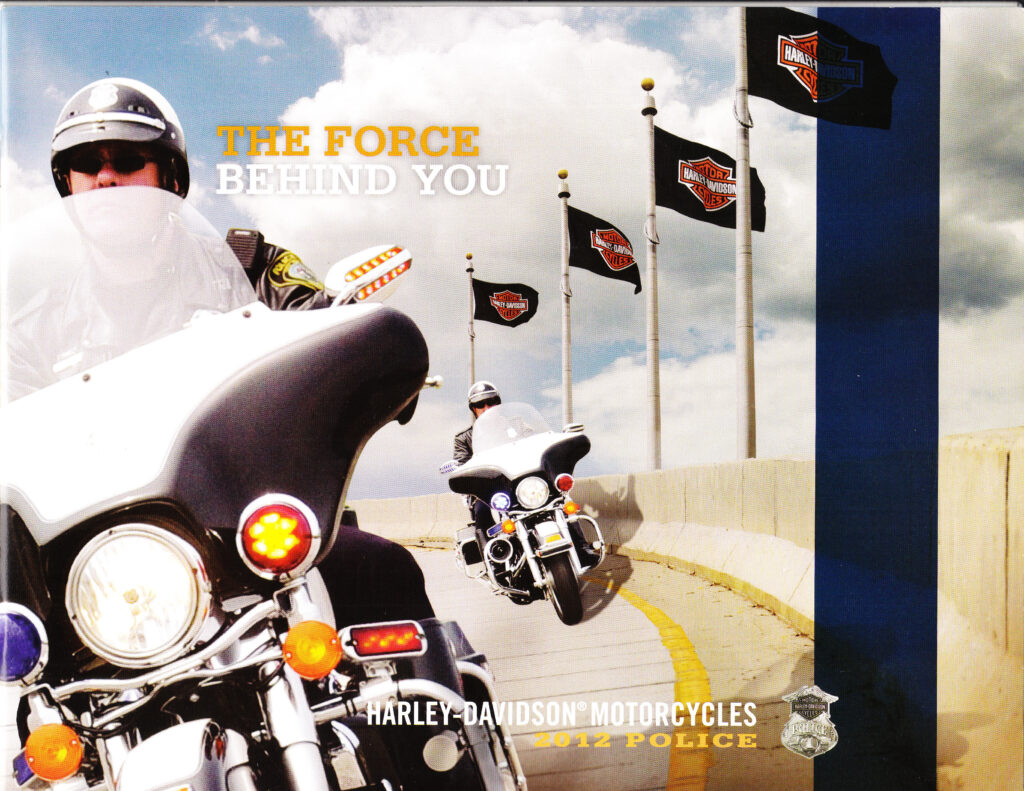
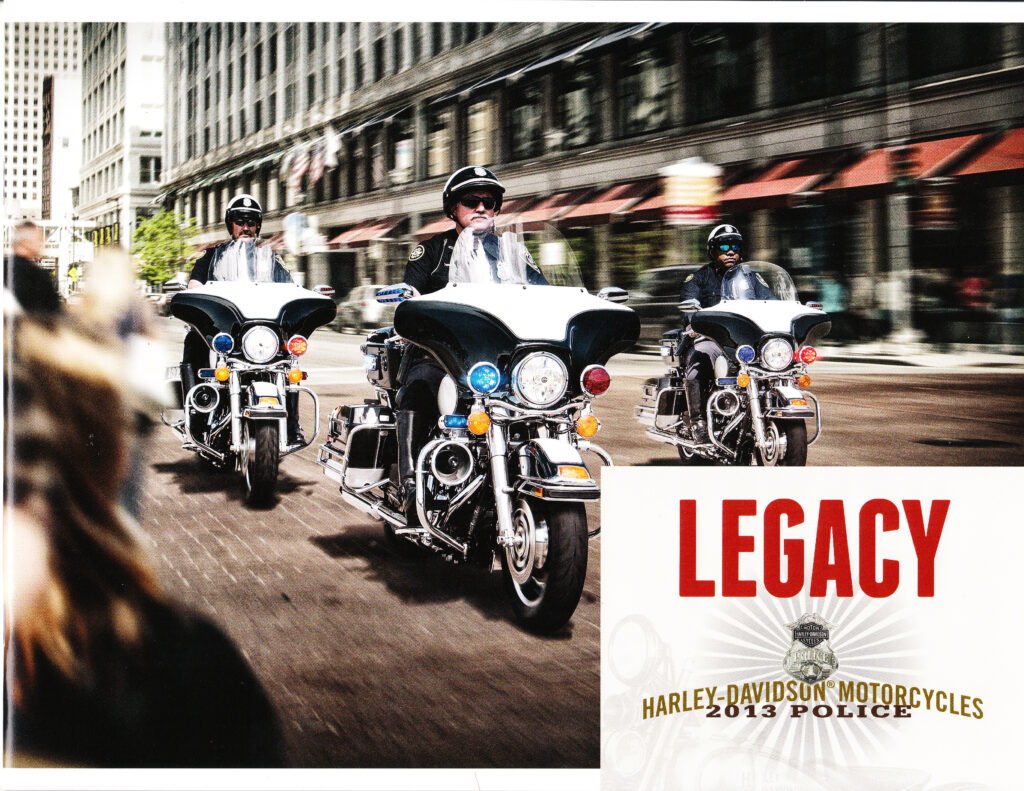
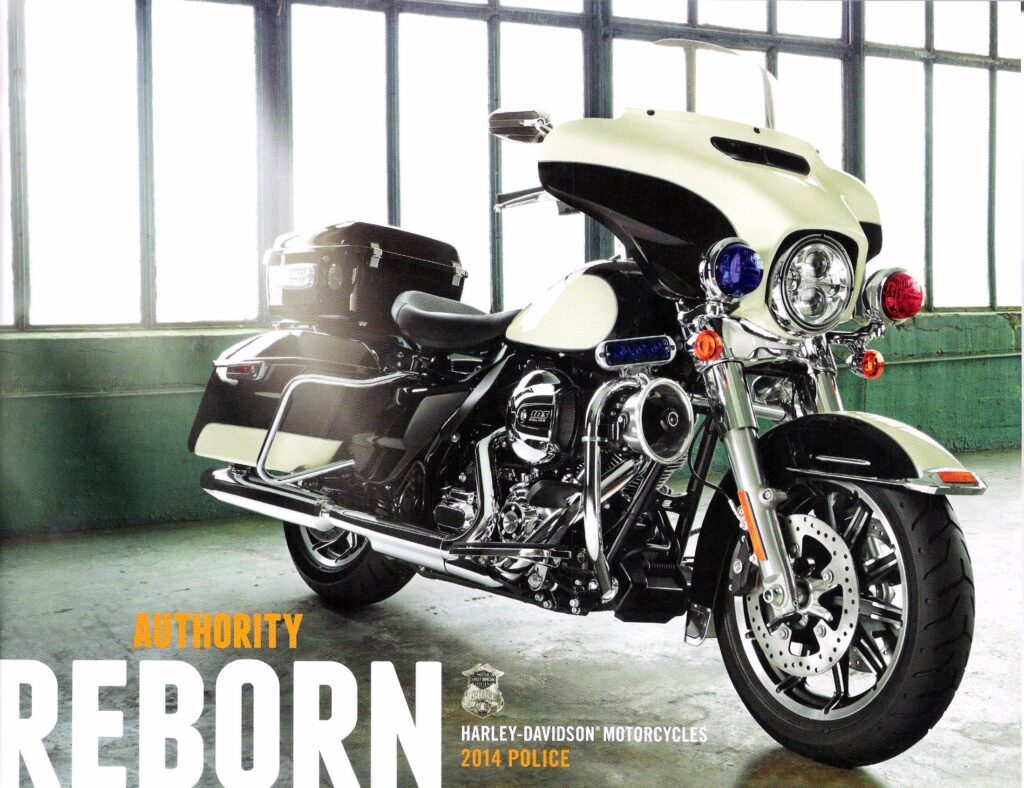
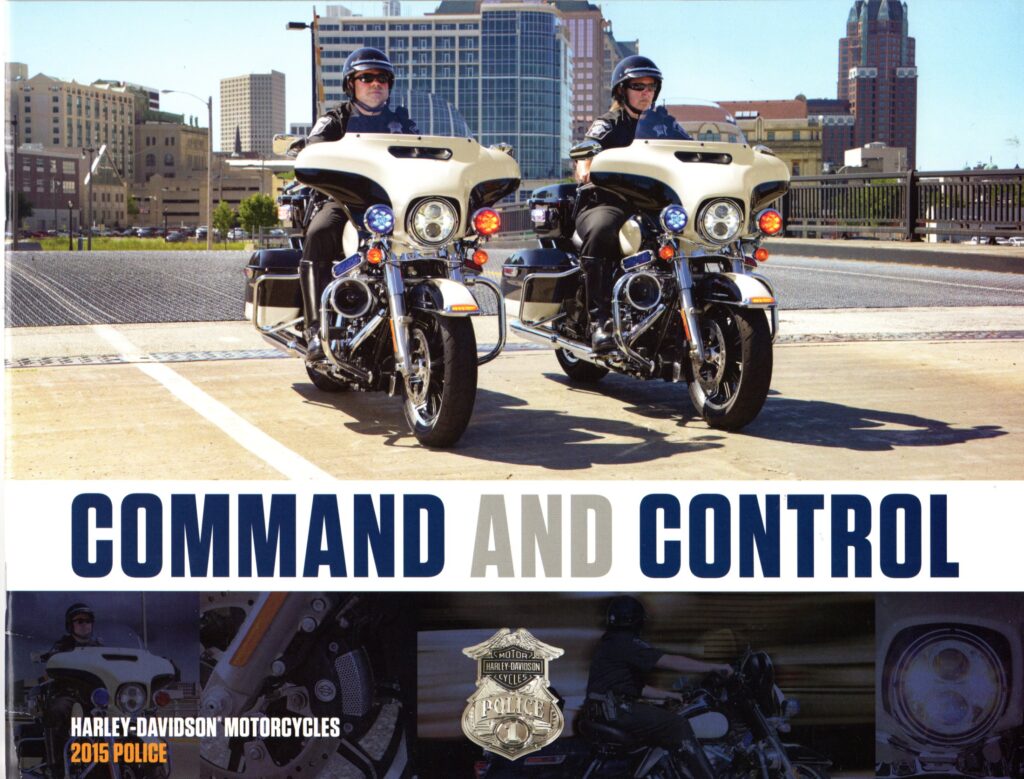
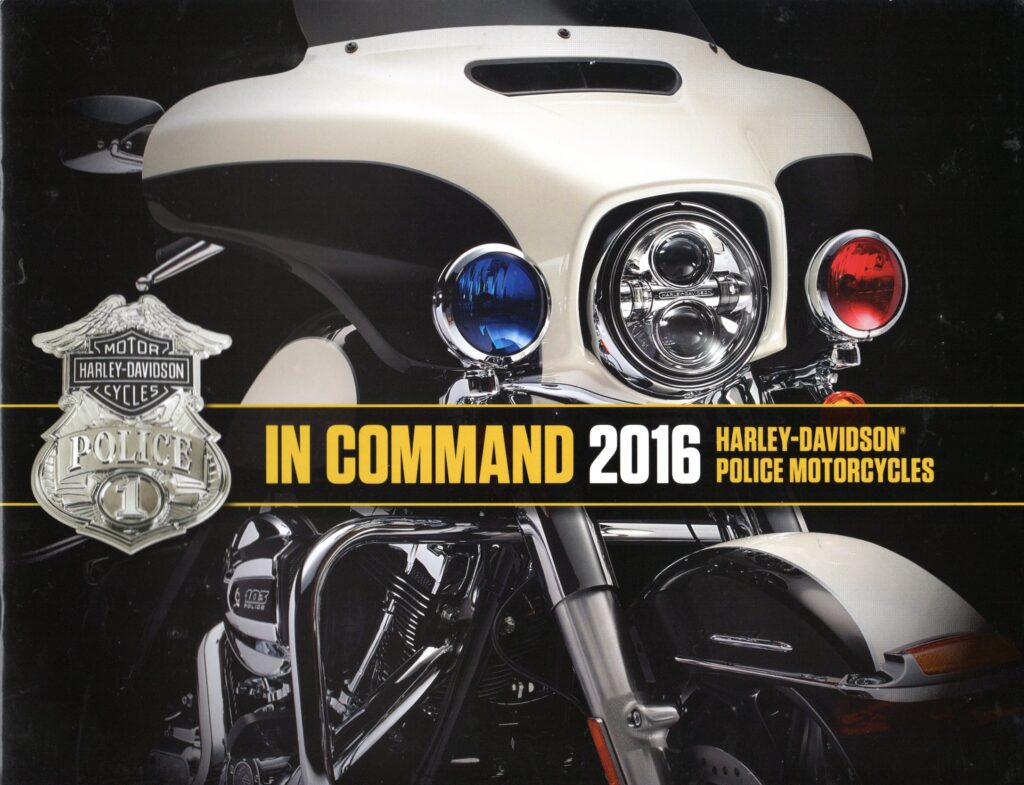
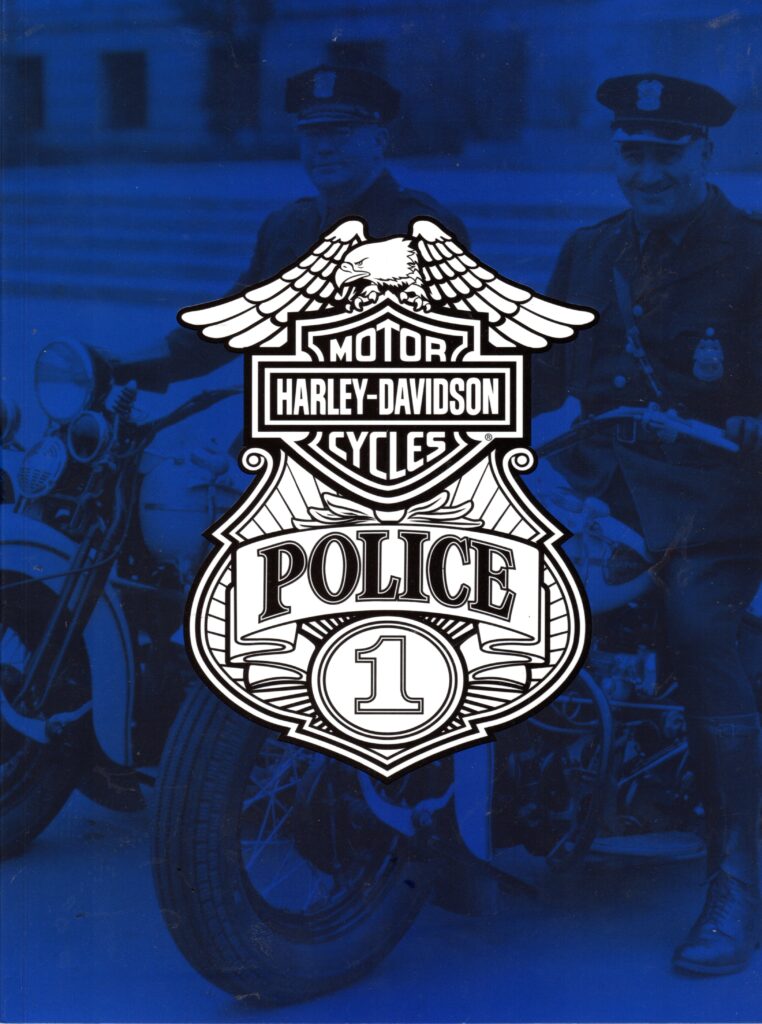
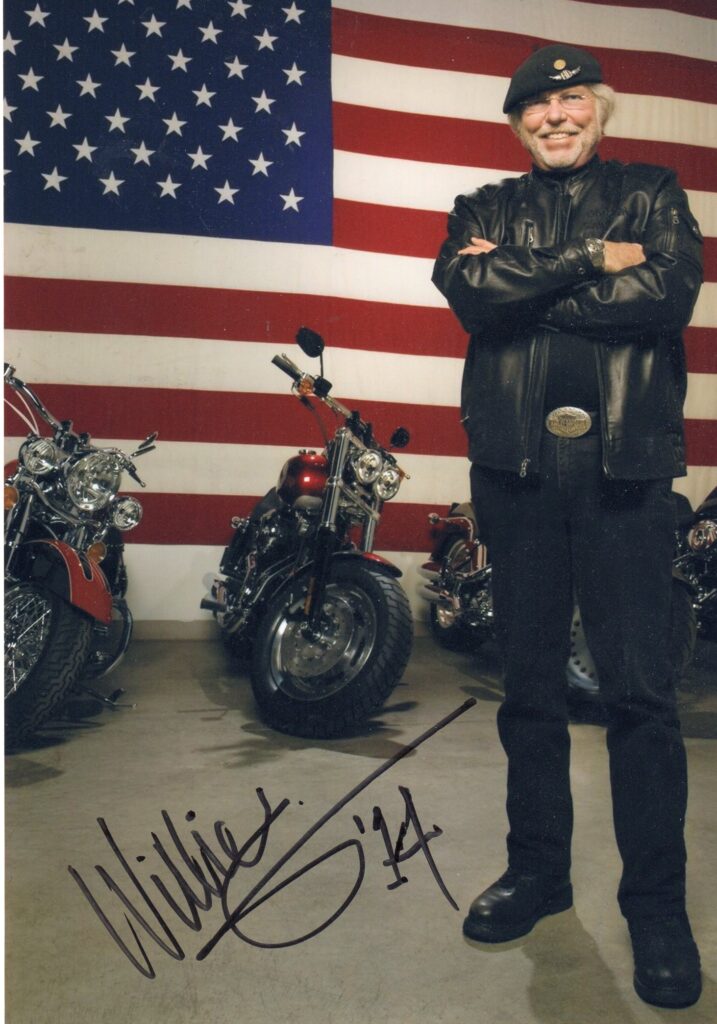
Information and photo provided by Harley-Davidson Archives I would like to Thank Harley-Davidson Motorcycle Company but also the Davidson Family, Willie G, Nancy Davidson, Bill Davidson, and Karen Davidson for all their support
